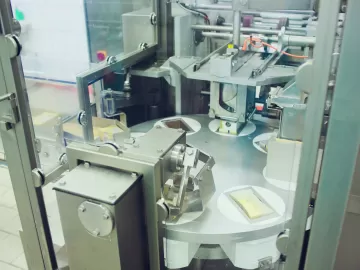Nitrogen, Vacuum and Compressed Air at a Snack Food Plant
This plant has three production lines producing snack food. Depending on the time of year and production demand the plant can operate anywhere from no production lines to all three production lines. A thorough supply and demand-side system assessment was done at this plant. This article will focus on some recommended demand-side reduction projects including nitrogen generation, air vibrators, leaks and vacuum venturis.




